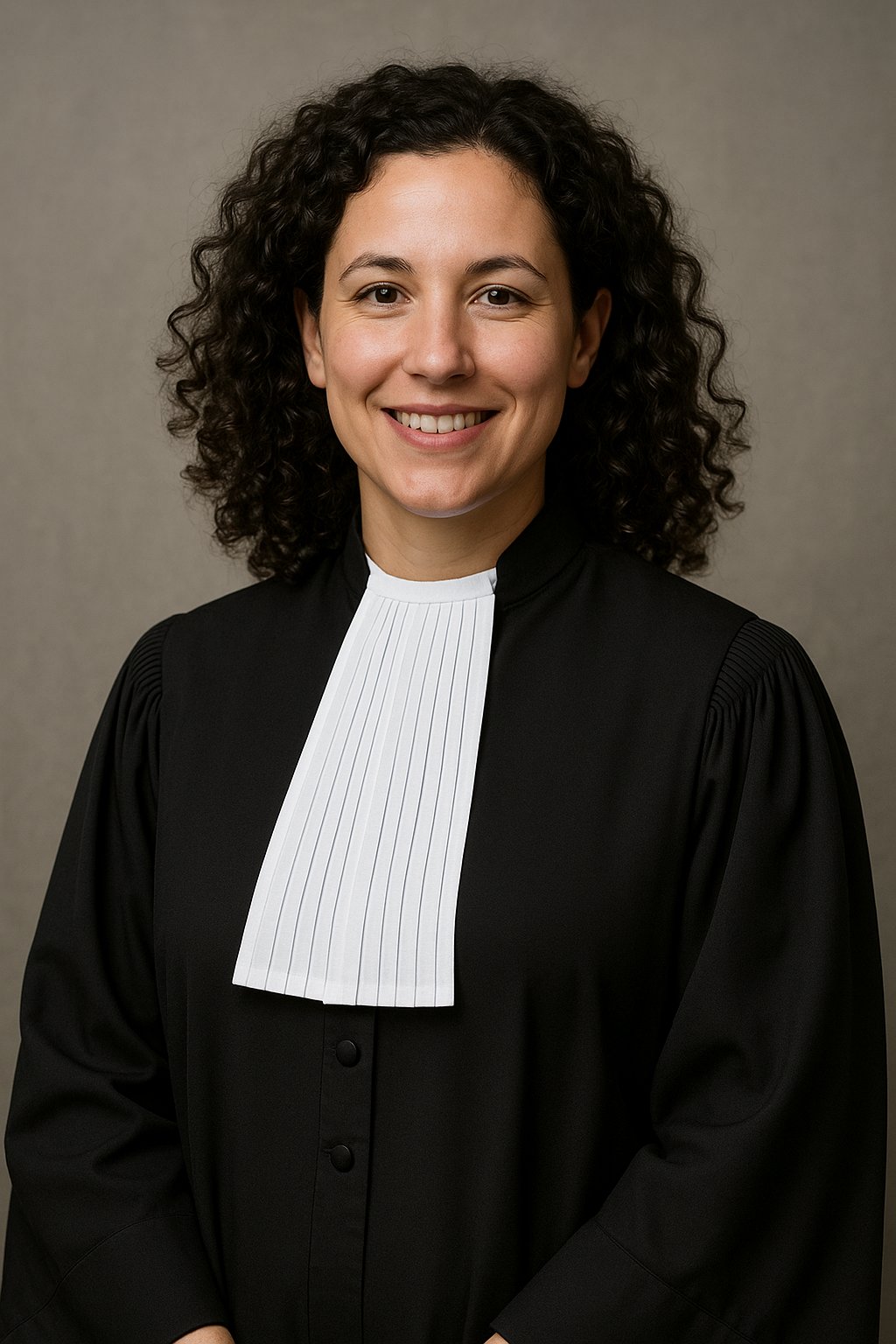What do lawyers and court staff wear in a Dutch courtroom?
 When attending a court hearing in the Netherlands, many expats wonder what everyone will be wearing – and whether there’s a strict dress code for legal professionals. Here’s what you can expect.
When attending a court hearing in the Netherlands, many expats wonder what everyone will be wearing – and whether there’s a strict dress code for legal professionals. Here’s what you can expect.
The “toga”: formal robe worn in court
In most court procedures, all legal professionals who take part in the hearing wear a black robe called a toga. It is a formal symbol of their role in the courtroom and reflects neutrality, professionalism, and respect for the legal process.
Clients do not see what judges or court staff wear under their toga. That’s because they enter the courtroom through a separate, private entrance and are already seated when the public enters. This separation is part of maintaining the dignity and structure of the courtroom.
What about lawyers?
Lawyers use the same public entrance as their clients and other professionals. As a result, you will see what your lawyer is wearing underneath their toga – but the court will not.
Dutch court culture is generally informal, so don’t be surprised if you see a lawyer in jeans and sneakers beneath their robe. That said, most lawyers still wear casual business or formal business attire, especially in more formal cases. Styles may vary, but the toga is what ultimately matters in court – not the shoes or trousers beneath it.
Do all judges wear a toga?
Yes – including kantonrechters. In most cases, even judges in subdistrict court wear a toga during hearings. This includes common proceedings such as employment or tenancy disputes.
However, in certain informal or low-threshold settings – such as hearings held outside the courtroom or designed to be more approachable – a judge might choose not to wear a toga. These are exceptions, not the rule.
Other court staff members
Court staff such as the bode (court officer) do not wear a toga, but they are still easily recognisable. They typically wear a dark uniform with the official logo of the Rechtspraak (the Dutch judiciary). This makes it clear that they are part of the court team.
The bode is responsible for managing the courtroom schedule, guiding parties to the right location, and informing the judge when everyone is present. If you are unsure where to go or what to do, the bode is the right person to ask.
Conclusion
The toga is a key part of courtroom tradition in the Netherlands. It helps keep the focus on the legal case, not on appearances. While most legal professionals dress neatly under their robes, Dutch courts don’t place great importance on what’s underneath – and neither should you. The formality of the robe does the talking, and court staff are clearly identifiable by their uniform and Rechtspraak logo. All are there to support the legal process and help the hearing run smoothly.
Disclaimer: The information provided on this website is for general informational purposes only and is not legally binding. Although we strive for accuracy, the content may contain errors. If you notice any mistakes, please let us know by contacting us via the contact form located at the bottom of the page.
Picture : Created by Sora/ ChatGPT

